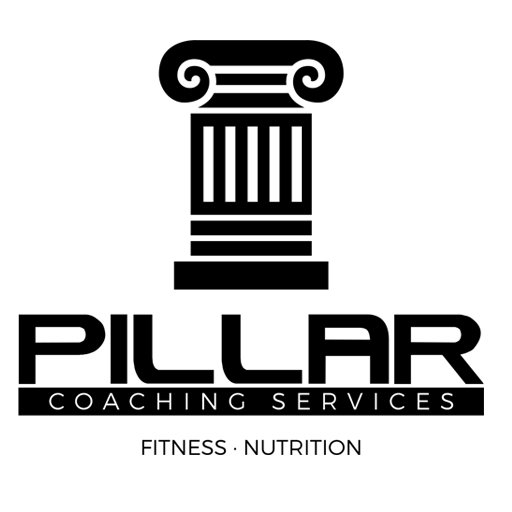The nutrition checklist
By: Michael Beiter
I used to be quite disorganized when I ate. Not anymore!
Today, I follow an embarrassingly simple 5 - step process to organize my nutrition.
I spent months trying to tweak this process because I knew that I would repeat it hundreds of times to come.
Everyone should have a good routine when it comes to eating.
Having a streamlined process when eating will benefit you tremendously:
● You will be confident you are eating the right amount
● You will save tons of time and energy
● You will sustain a healthy body
Let’s break things down.
Here are five things you should do to organize your nutrition:
#1: Check the calories
The essential nutrition variable for sustaining a healthy body weight is how much you eat. The most straightforward measure of this amount is with calories. You can find the calorie content of the food you eat by checking the nutrition label if the food has one or using an app like My Fitness Pal.
#2: Check the macros
After calories, macronutrients are the most critical nutritional numbers to look after. As a reminder, macros are protein, carbs, and fats. Start with a balanced macro approach with 30-35% of your calories coming from each before you experiment with lower carb, higher fat, etc.
#3: Evaluate your food choice
Recently, the term ‘ultra-processed’ is used to describe foods that have been processed numerous times away from their sources. Think of these foods like the ones most prominent on the interior shelves of the grocery store or served as most fast-food restaurants, this is not to say you can’t have them, but you should limit them to no more than 20% of your diet. If you eat four times per day, that means 96 of 120 monthly meals should be minimally processed foods like fruit, vegetables, lean meats, nuts, etc. That leaves you 24 meals that can be processed or even ‘ultra-processed.’ For sustainability, it is a bad idea to try and eliminate entire groups of foods. Processed foods are not all bad, especially when calories and macros are accounted for.
#4: Check your timing
Ask yourself how long it has been since your last meal? If you have eaten within a few hours, you likely don’t need to eat again and may be seeking food in response to emotions like boredom or fear. Timing restrictions are widespread these days with diets like intermittent fasting that suggest you should restrict yourself to tiny windows of time that you’re allowed to eat daily. Know that as long as you control your calories, macros, and food choice, the times that you eat have little impact on your health or body weight. Knowing this gives you the ability to handle the ‘when’ of your nutrition primarily based on personal preferences. Do you like to eat breakfast? If so, do it! If not, skip it and don’t worry. Timing patterns range from grazing on small portions throughout the day to single massive meals that contain all your day’s nutrition.
#5: Drink something or take supplement
Studies have proven that if you wait to drink your liquids until after you have consumed the food of your meal, you will have better digestion. The effect of this is small and suggests you can drink any calorie-free liquid whenever you feel thirsty. Some people track their daily fluid consumption, and if that is appealing to you, aim for 1 oz per pound of lean body weight. Otherwise, the suggestion for hydration is simple: drink when you’re thirsty and aim for clear urine by midday that you maintain til you go to bed.
If you take supplements, take them with water around your meal unless otherwise specified. Remember, the list of evidence-backed supplementation for most people is small: protein powder, a multivitamin, fish oils, caffeine, creatine, vitamin D, and a pre/probiotic. None of which have constraints around when you need to consume them.
You may recognize these checks as our Pillars of Nutrition at Pillar Coaching Services. If so, great! Keep practicing with them. If they are new to you and you want some help figuring it all out, just let me know by sending me an email.
Have a great day!
Mike
PCSNutrition.com
